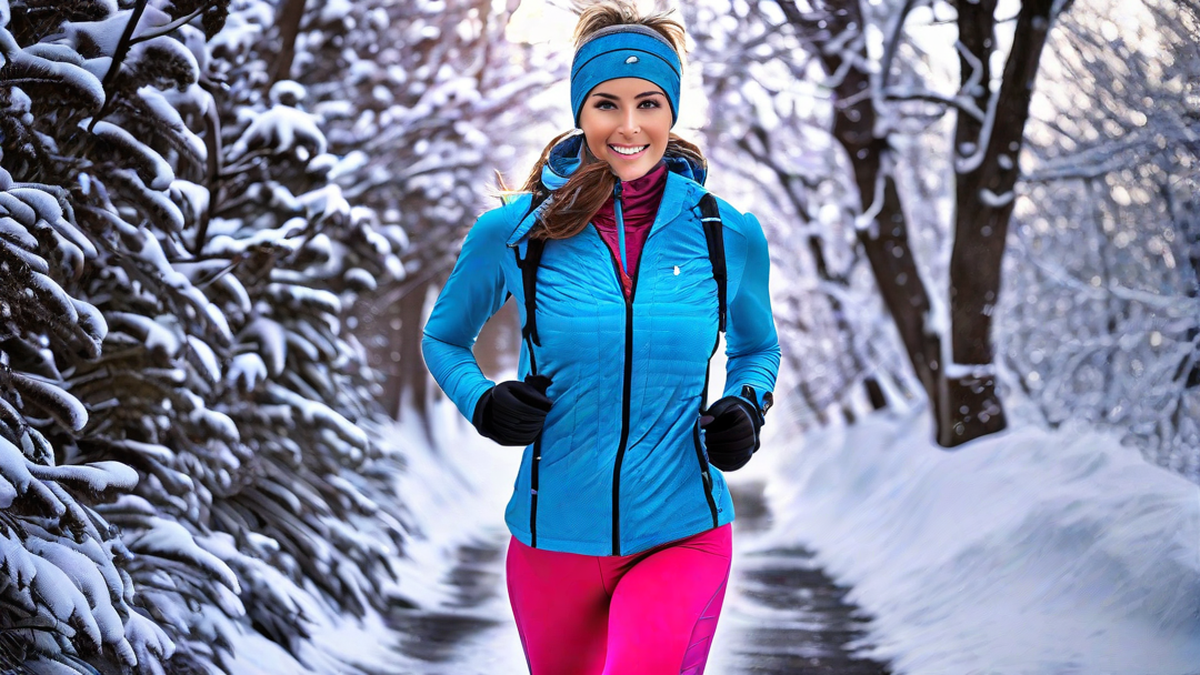Winter running can be a challenging but exhilarating experience. As a dedicated runner, I love the crisp air, peaceful surroundings, and the sense of accomplishment that comes from conquering the elements. However, I have learned the hard way that choosing the right attire is crucial to staying comfortable and safe during cold weather runs.
Layering is Key
One of the most important principles to keep in mind when dressing for winter runs is layering. Layering allows you to adjust your clothing to match your body temperature and the weather conditions. As a rule of thumb, aim for three layers: a base layer, an insulating layer, and an outer shell.
The base layer is the foundation of your winter running outfit. It should be made of moisture-wicking material, such as merino wool or synthetic fibers, to keep sweat away from your skin and prevent chilling. I always opt for a long-sleeved top and leggings or tights to provide full coverage.
The insulating layer is responsible for trapping heat and keeping you warm. Choose a mid-layer made of materials like fleece or down that offer warmth without adding bulk. This layer can be a zip-up jacket or a vest, depending on the temperature.
Finally, the outer shell layer protects you from wind, rain, and snow. Look for a lightweight, breathable jacket that is both water-resistant and windproof. Reflective details are a bonus for added visibility, especially during early morning or evening runs.
Don’t Forget Your Extremities
Keeping your head, hands, and feet warm is vital when running in cold conditions. I always wear a lightweight beanie or headband to cover my ears and retain heat. As for gloves, opt for ones that are warm, lightweight, and touchscreen-friendly. This way, you can still control your music or running app without exposing your hands to the cold.
When it comes to footwear, choose shoes that offer good traction and insulation. Look for a pair specifically designed for winter running with a water-resistant upper and a grippy outsole. If your regular running shoes don’t provide enough warmth, consider wearing thermal socks or shoe covers to keep your feet cozy.
Additional Tips and Considerations
- Protect your eyes from the bright winter sun and chilly winds by wearing sunglasses or goggles.
- Apply a layer of petroleum jelly or a specialized balm on exposed skin to prevent chapping and windburn.
- Consider investing in a neck gaiter or a scarf to shield your neck and lower face.
- Use moisture-wicking socks to keep your feet dry and prevent blisters.
- Be cautious of icy patches and adjust your pace to ensure your safety.
- Hydration is still essential, even in cold weather, so remember to drink water before and after your run.
As a passionate winter runner, I cannot stress the importance of dressing appropriately for the weather enough. The right clothing can make all the difference between an enjoyable run and a miserable one. By layering strategically and paying attention to your extremities, you can conquer winter running and continue pursuing your fitness goals all year round.
Stay warm, stay safe, and happy running!

